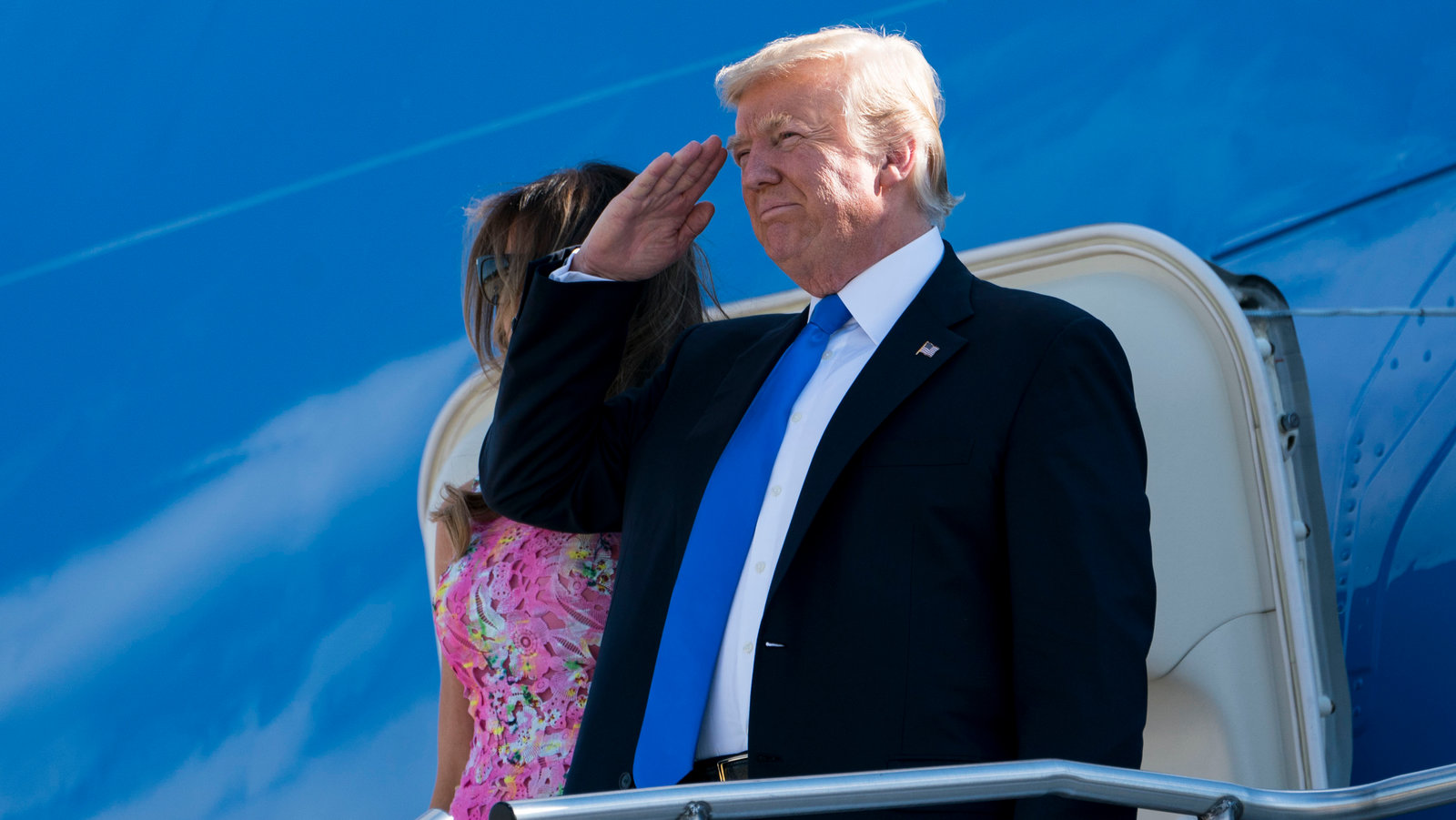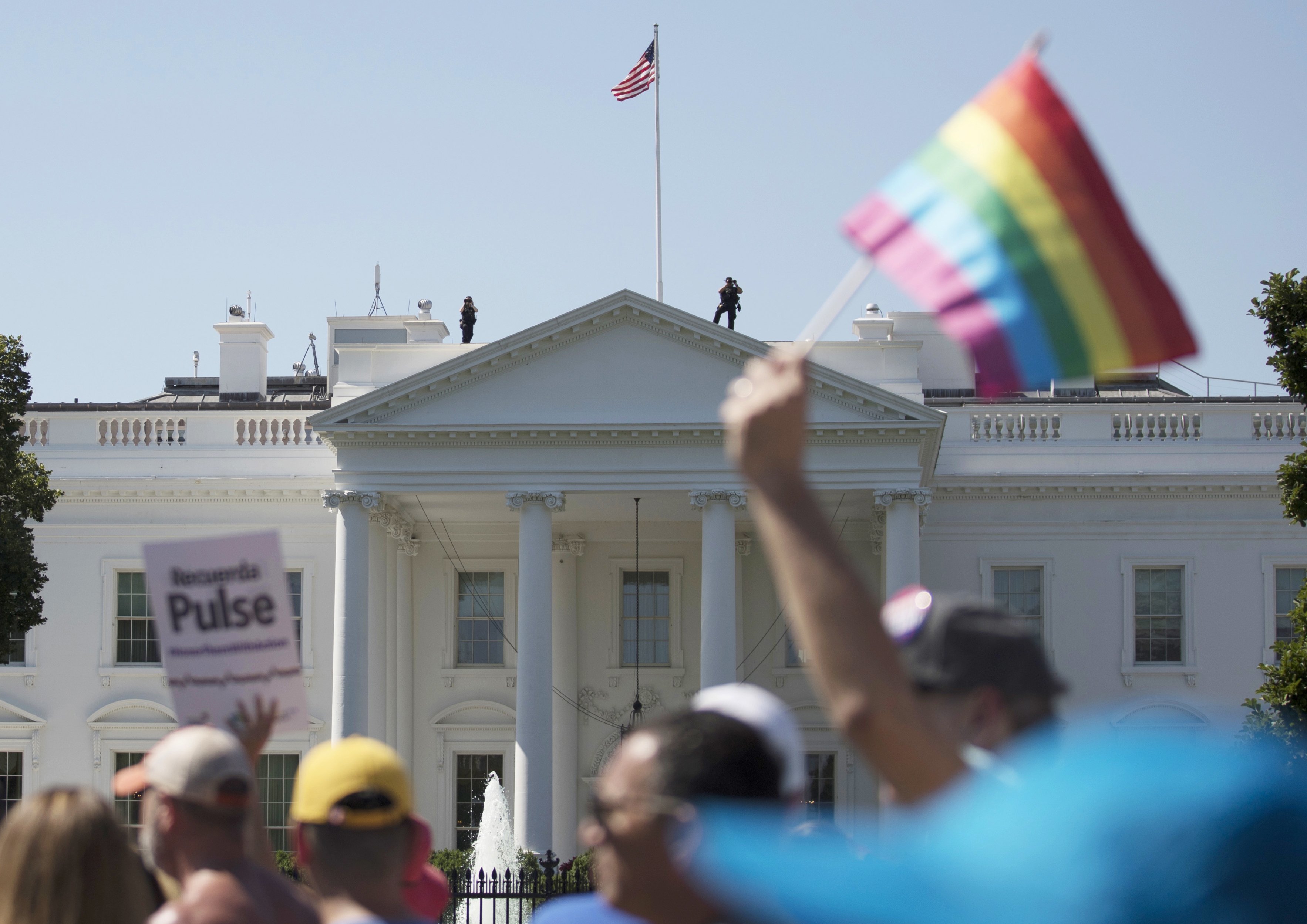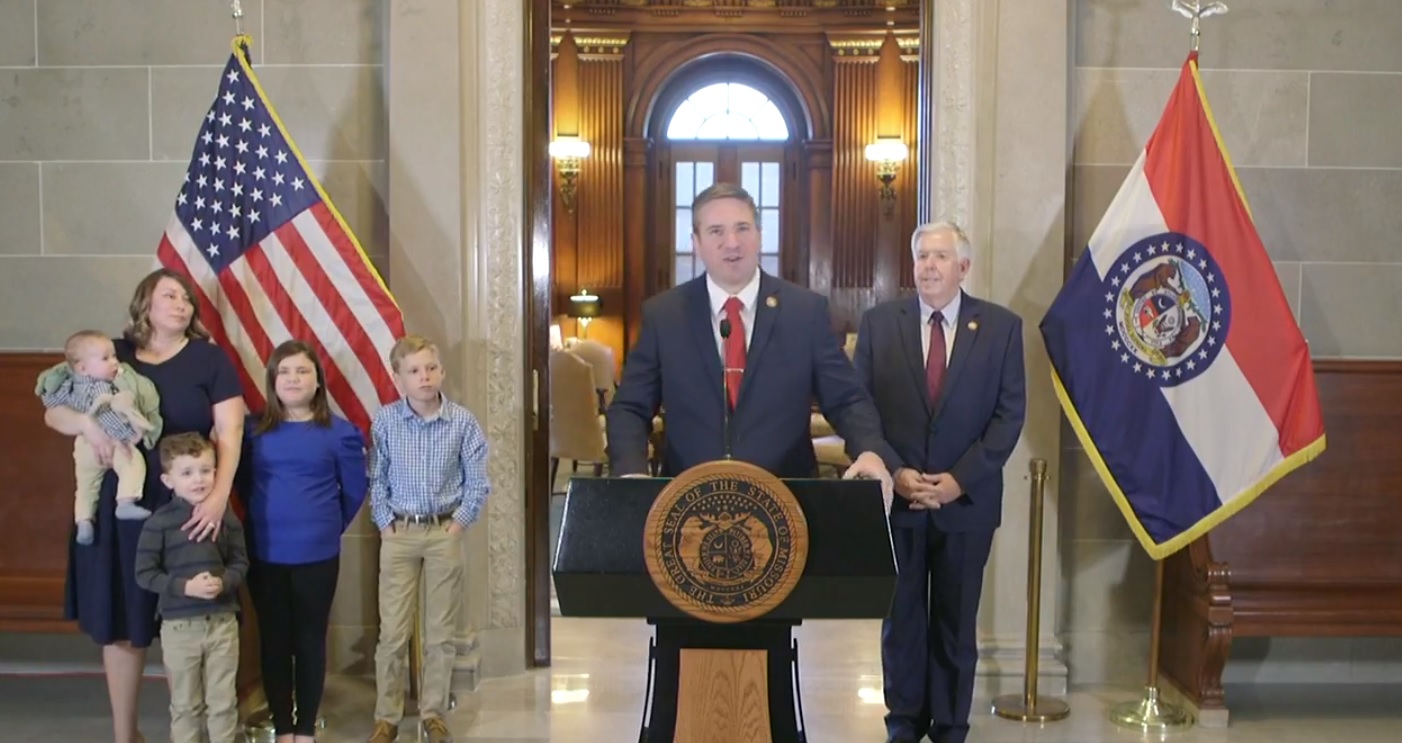The Transgender Military Ban: A Critical Examination Of Trump's Stance

Table of Contents
The Rationale Behind the Transgender Military Ban
The Trump administration's justification for the transgender military ban rested on several contentious claims. Understanding these arguments is crucial to analyzing the policy's true motivations and impact.
Claims of Military Readiness and Cost
The administration argued that transgender service members negatively impacted military readiness, unit cohesion, and incurred excessive healthcare costs. However, a closer look reveals a significant lack of credible evidence supporting these assertions.
- Lack of Evidence: No substantial evidence demonstrated that transgender individuals posed a unique threat to military readiness or unit cohesion. Numerous studies have shown that transgender individuals serve effectively and contribute positively to their units.
- Successful Integration in Other Militaries: Many other countries successfully integrate transgender individuals into their armed forces without experiencing the negative impacts claimed by the Trump administration. These examples highlight the feasibility and effectiveness of inclusive military policies.
- Cost-Benefit Analysis: A thorough cost-benefit analysis would reveal that the costs associated with excluding qualified transgender individuals – loss of talent, legal challenges, and damage to morale – far outweigh any purported healthcare costs. The true cost of discrimination is far greater than the cost of inclusivity.
The Role of Religious and Social Conservatism
The transgender military ban was heavily influenced by religious and social conservative groups. Their lobbying efforts and the resulting political rhetoric played a significant role in shaping public opinion and policy.
- Influence of Lobby Groups: Powerful conservative organizations exerted considerable pressure on policymakers, using inflammatory language and misinformation to promote their agenda.
- Disconnect Between Rationale and Evidence: The stated rationale for the ban often lacked a connection to verifiable data, relying instead on stereotypes and prejudices against transgender people.
- Intersection of Ideology and Military Policy: The ban exemplifies how deeply ingrained social and religious beliefs can influence even seemingly technical areas like military policy, often to the detriment of fairness and equality.
The Legal Challenges and Outcomes of the Transgender Military Ban
The transgender military ban faced immediate and sustained legal challenges, culminating in its eventual reversal.
Court Cases and Legal Arguments
Numerous lawsuits were filed against the ban, arguing that it violated the equal protection clause of the Fifth Amendment, which prohibits discrimination based on sex.
- Key Court Rulings: Courts consistently ruled against the ban, highlighting the lack of legitimate governmental interest in excluding transgender individuals from military service. These rulings underscored the illegality of discrimination based on gender identity.
- Legal Basis for Challenges: The plaintiffs successfully argued that gender identity is a protected characteristic under the law, and that excluding transgender individuals violated fundamental principles of equality and fairness.
- Evolving Legal Landscape: These court cases contributed to the evolving legal landscape surrounding LGBTQ+ rights, solidifying the legal protections for transgender individuals in various sectors, including the military.
The Biden Administration's Reversal
Upon taking office, the Biden administration swiftly reversed the Trump-era ban, allowing transgender individuals to openly serve in the U.S. military.
- Policy Changes: The reversal reinstated the previous policy allowing transgender individuals to serve, ensuring fair and equitable treatment based on merit, not gender identity.
- Impact on Recruitment and Retention: The reversal has had a positive impact on recruitment and retention efforts, attracting talented individuals who might otherwise have been excluded.
- Ongoing Challenges: While the ban is officially reversed, some lingering legal challenges and controversies remain. The long-term impact of the ban on the morale and trust within the military continues to unfold.
The Human Cost of the Transgender Military Ban
The transgender military ban inflicted significant emotional and psychological harm on transgender service members and the broader LGBTQ+ community within the military.
Impact on Transgender Service Members' Mental Health and Well-being
The ban created a climate of fear and uncertainty, significantly impacting the mental health and well-being of transgender service members.
- Increased Rates of Mental Health Issues: Studies indicated a rise in suicide attempts and other mental health issues among transgender service members following the implementation of the ban.
- Challenges Faced by Transgender Service Members: Many were forced to leave the military they loved, or to serve in secrecy, leading to immense stress and isolation.
- Personal Accounts: The experiences of transgender service members during this period serve as a stark reminder of the human cost of discriminatory policies. (Note: Including specific personal accounts requires careful consideration of ethical implications and obtaining consent.)
The Broader Impact on LGBTQ+ Inclusion in the Military
The ban had a chilling effect on LGBTQ+ inclusion and equality within the armed forces, extending beyond the transgender community.
- Potential Chilling Effect: The ban signaled a lack of commitment to inclusivity, potentially discouraging other LGBTQ+ individuals from considering military service.
- Impact on Recruitment and Retention: The ban negatively impacted recruitment and retention efforts, as talented individuals from diverse backgrounds were hesitant to join a less inclusive military.
- Impact on Morale and Unit Cohesion: Discrimination based on gender identity erodes trust and morale, undermining unit cohesion and overall effectiveness.
Conclusion
The transgender military ban stands as a significant chapter in the ongoing fight for LGBTQ+ equality in the United States. While the Biden administration's reversal is a crucial step towards justice, the lingering impact of the Trump-era policy on transgender service members and the broader military climate demands continued attention. Further research is necessary to understand the long-term effects and ensure the full inclusion and equitable treatment of transgender individuals within the U.S. military. The debate surrounding the transgender military ban necessitates unwavering vigilance in protecting the rights and dignity of all service members, regardless of gender identity. We must continue to advocate for policies that foster inclusivity and equality within the armed forces.

Featured Posts
-
 Novoe Oboronnoe Soglashenie Frantsiya I Polsha Ukreplyayut Pozitsii V Evrope
May 10, 2025
Novoe Oboronnoe Soglashenie Frantsiya I Polsha Ukreplyayut Pozitsii V Evrope
May 10, 2025 -
 Dakota Johnson With Family At Los Angeles Materialist Screening
May 10, 2025
Dakota Johnson With Family At Los Angeles Materialist Screening
May 10, 2025 -
 Dissecting Trumps Transgender Military Ban An Opinion Piece
May 10, 2025
Dissecting Trumps Transgender Military Ban An Opinion Piece
May 10, 2025 -
 Bangkok Post Highlights Urgent Need For Transgender Rights Reform
May 10, 2025
Bangkok Post Highlights Urgent Need For Transgender Rights Reform
May 10, 2025 -
 Beyond Epstein Examining The Attorney Generals Daily Fox News Presence
May 10, 2025
Beyond Epstein Examining The Attorney Generals Daily Fox News Presence
May 10, 2025
